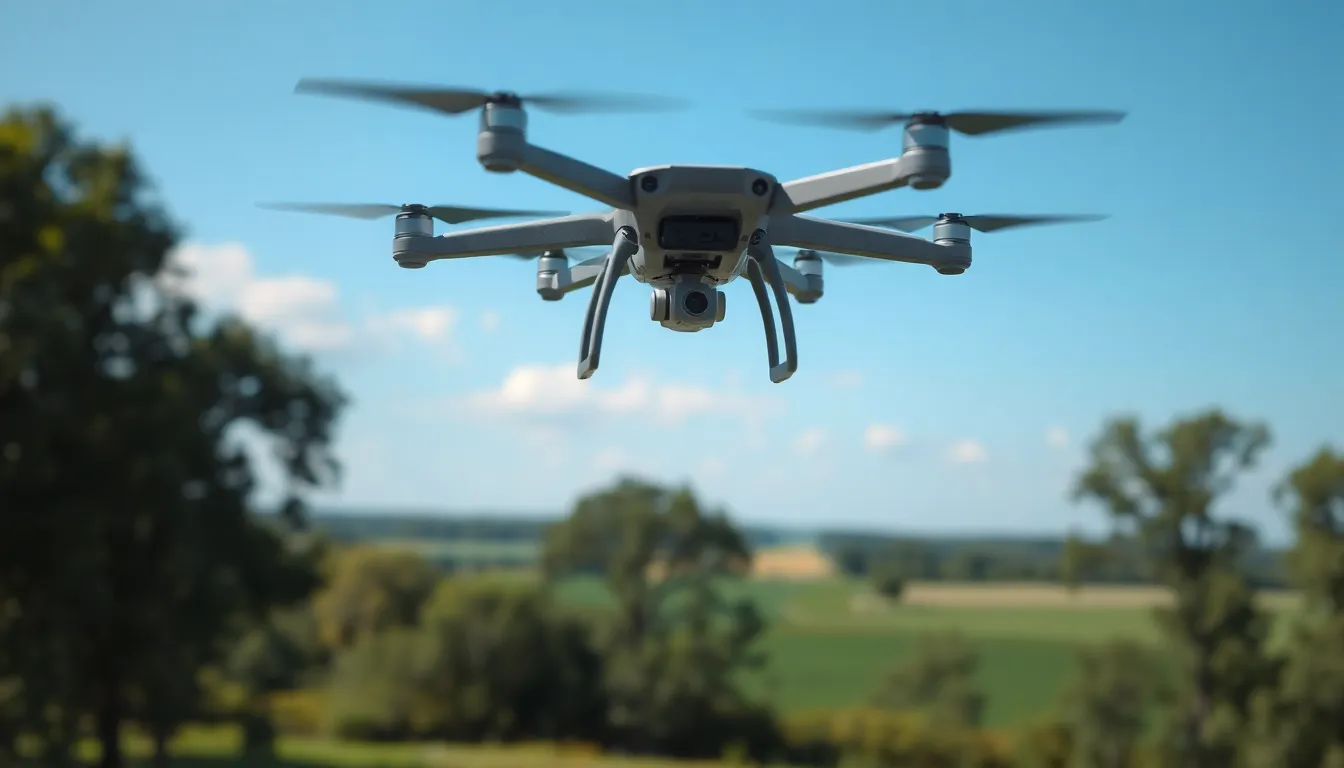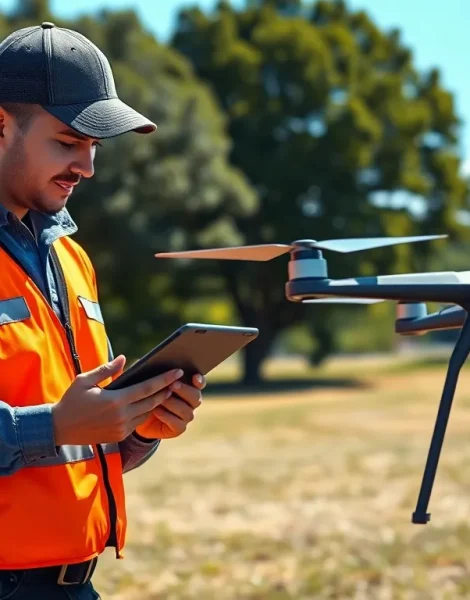In a world where drones are the new birds in the sky, keeping track of their adventures is more important than ever. Enter drone flight logs—the unsung heroes of the aerial realm. These logs not only capture the thrilling escapades of your flying companion but also help avoid those awkward “where did my drone go?” moments.
Table of Contents
ToggleOverview of Drone Flight Logs
Drone flight logs are vital for tracking and managing drone operations. These records allow users to maintain oversight over their flying activities.
Definition and Importance
A drone flight log documents essential flight details. It includes information such as flight duration, location, and telemetry data. Maintaining these logs helps ensure compliance with regulations. Agencies like the FAA require accurate records for safety and accountability. Pilots can analyze logs to improve their flying skills and understand operational patterns. Effective record-keeping can mitigate risks, ensuring safer drone usage.
Types of Flight Logs
Multiple types of flight logs exist. Standard flight logs capture basic information like date and flight time. Detailed flight logs include advanced telemetry data such as altitude and speed. Maintenance logs track scheduled inspections and repairs. These maintenance logs ensure drones stay operational and comply with safety standards. Flight planning logs help in pre-flight assessments for specific missions. Categorizing these logs enhances operational efficiency and supports regulatory compliance.
Benefits of Keeping Drone Flight Logs

Maintaining drone flight logs provides crucial advantages in safety, compliance, and operational efficiency. These benefits can significantly impact the overall success of drone operations.
Safety and Compliance
Safety remains a top priority in drone operations. Keeping flight logs supports risk management by documenting each flight’s specifics. Logs track flight paths, altitudes, and any incidents, offering insight into operational safety. Compliance with regulations also relies on accurate records. Agencies like the FAA require this documentation for legal flying and safety audits. Pilots can demonstrate adherence to established flight standards through proper log maintenance. Ensuring these records are thorough and up-to-date assists in preventing accidents and promoting responsible flying behavior.
Operational Efficiency
Operational efficiency improves significantly with the use of drone flight logs. Logs provide essential data for analyzing performance trends. By reviewing past flights, operators can identify patterns or areas for improvement. Maintenance logs inform operators about service needs and timing for repairs, which leads to fewer unscheduled downtimes. Pre-flight and flight planning logs enable thorough assessments of the mission’s feasibility and airspace restrictions. Together, these log types streamline operations, optimize resource allocation, and enhance overall productivity.
How to Maintain Drone Flight Logs
Maintaining drone flight logs is crucial for successful operations. Effective record-keeping ensures pilots track flights accurately and comply with regulations.
Recommended Tools and Software
Using specialized software simplifies the log-keeping process. Popular tools include Airdata UAV and DroneLogbook, both designed to manage flight data efficiently. These platforms offer automated data syncing, which reduces manual entry errors. Some applications provide analytics features for performance insights. Incorporating mobile apps for on-the-go access enhances convenience when recording flight details. Digital logs allow quick retrieval and organization of essential information efficiently.
Best Practices for Recording Data
Recording data accurately improves log quality. Start every entry with basic info, like date, time, and location to provide context. Include flight duration, altitude, and any incidents encountered during operations. Note specific equipment used, along with battery status and weather conditions for comprehensive insights. Regularly review and update logs to maintain accuracy. Using consistent formats for entries simplifies data analysis later. Prioritize timely entry to capture details while still fresh in memory.
Common Challenges in Managing Flight Logs
Maintaining drone flight logs presents various challenges. Managing records accurately ensures compliance with regulations.
Data Accuracy and Reliability
Ensuring data accuracy proves essential for effective flight log management. Inaccurate entries can lead to compliance issues, jeopardizing operational safety. Utilizing automated systems can greatly improve reliability by reducing manual input errors. Regular verification of recorded data against flight telemetry strengthens consistency. It remains crucial that pilots establish a routine to review logs periodically for discrepancies. Keeping detailed records prevents misunderstandings regarding flight incidents and operational performance.
Accessibility and Storage Solutions
Finding efficient storage solutions can be a significant challenge for flight logs. Accessing logs when needed needs to remain straightforward, especially during audits or inspections. Cloud-based platforms offer reliable access and storage options. Using these systems permits easy retrieval and sharing of log data. Data backup strategies play a key role in preventing loss and ensuring longevity. Overall, innovative storage methods and easy access help streamline flight log management and enhance operational efficiency.
Maintaining accurate drone flight logs is crucial for safe and efficient operations. These logs not only help users track their flights but also ensure compliance with regulatory standards. By documenting essential flight details, pilots can enhance their operational efficiency and mitigate risks.
Utilizing specialized software can streamline the log-keeping process and improve data accuracy. Adopting best practices for recording and reviewing data is essential for maintaining high-quality logs. With the right tools and strategies in place, drone operators can navigate the complexities of flight management while maximizing safety and productivity.









